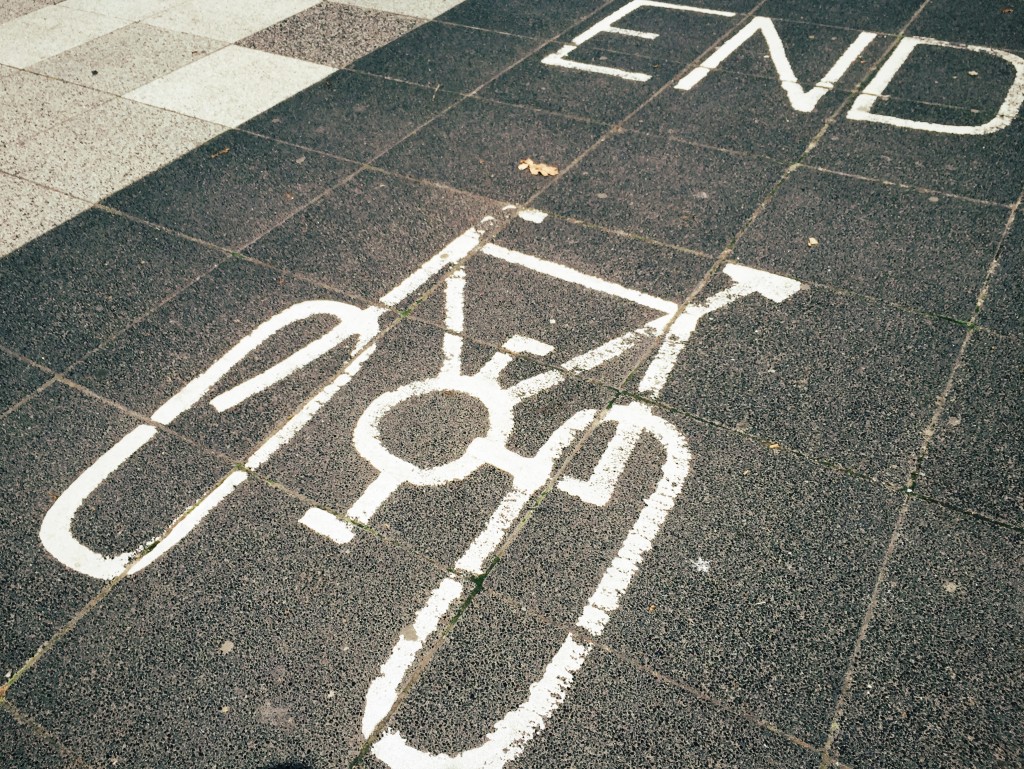What is information architecture?
There are a lot of definitions of information architecture, but put simply there are two key things it deals with:
- How content is organised and categorised.
- How to lead people to the content they need.
In this post I outline how information architecture and content strategy are really two sides of the same coin, and how we can use information architecture to design websites for people.
Architecture and content
Content strategy helps define how content is generated, who it is for, and what its purpose is.
Information architecture is central to the success of any website because it helps ensure that content is structured and labelled in a way that makes sense.
Information architecture and content strategy work hand-in-hand to produce good, findable content driven by business goals and the needs of the people using the website.
Designing for people: 3 principles of information architecture
- Closure. People simplify complex information into coherent objects.
- Simplicity. People have a limited capacity to process information.
- Flexibility. People have different strategies to search for and deal with information.
We need to make sure that content is organised, labelled, and signposted in a way that makes sense to the people who need to use the content.
There are a few things we can do with websites to make it easier for people to find what they need…
Labels that people understand
A lot of websites provide information clustered around their structures, or couched in language which makes sense from the perspective of the organisation.
A lot of people will say “if the user doesn’t know what something is, then it’s not relevant to them”. This doesn’t make sense though. If you don’t know what something is how do you know if it might be relevant to you or not? The inquisitive will click anyway, and others might miss out on something that was relevant to them. Wouldn’t it be better to just make things clearer?
Structure for how the brain works
We don’t think or work in the sorts of strictly delineated lines that many websites are structured along. We think in terms of topics and tasks, and we seek out information in approximate, sub-optimal ways.
The theory of information foraging proposes that people use an information scent to search out relevant information in much the same way they might search for food or prey.
In essence, is the trail getting hotter or colder? If hotter, then I’ll keep doing what I’ve been doing. If colder, then I’ll try a different approach.
Of course, people have different levels of knowledge about what they’re looking for:
- I know what I need. People know what they are looking for and have a fairly good understanding of where to start. They will typically use focused search keywords or select clear navigation links.
- I think I know what I need. People have some idea what they’re looking for but aren’t sure how to articulate it. Clear navigation and links will help, as will good search results.
- I don’t know what I need. People aren’t even aware of things that they need to know. Again, clear navigation and links are really helpful for this type of person.
- Where was it? People who found something before, and are now trying to find it again. Browsers often help with this with search history or changing the colours of visited links, although clear, simple navigation makes it easier for people to remember what path they might have taken before.
It’s ok to click
There is an idea that people should be able to reach content in three clicks, otherwise they’ll get angry and leave.
There is very good long-standing evidence that this is just not true.
In fact people are generally happy to click much more than three times so long as they have a clear sense of progress toward a goal. Each link in the chain should provide at least a very clear way of getting nearer the goal, either through clear links or through helpful and relevant information.
Clear content purpose
There are basically two sorts of web pages:
- Navigation. Signposts to help the user decide quickly where to go next. Typically homepages or section pages.
- Content. Information rich content, and typically the thing someone was looking for.
Pages can also slide along an emotive scale depending on where in the journey someone is, and what the business goals are for a particular page.
Navigational pages may act purely for information purposes (a list of links) or add an emotive element (a vertical scroll of images, each one linking to a section or content page).
Likewise content pages can lean more towards information or emotion. The more emotive the content, the greater the emphasis on images and video. Navigation menus can be dispensed with in favour of things like images as links.
Good examples of the sliding emotive scale can be found by looking at the Apple Watch website. The Apple Watch homepage is very low on information and high in emotion, with just a few links to other sections. The page on heart rate measurements in the Apple Watch is far more informational with links to related information. The Apple Watch support pages have a menu to help quick navigation to the detailed information that’s relevant to the user.
Being clear about what a page is about gives the user a clearer idea of where they are in their information-seeking journey.
Further reading
- A fuller list of the principles of information architecture
- UX myths.
- A Practical Guide to Information Architecture by Donna Spencer. Really handy!
- The four types of information-seeking behaviour was taken from Donna Spencer’s information architecture website.
